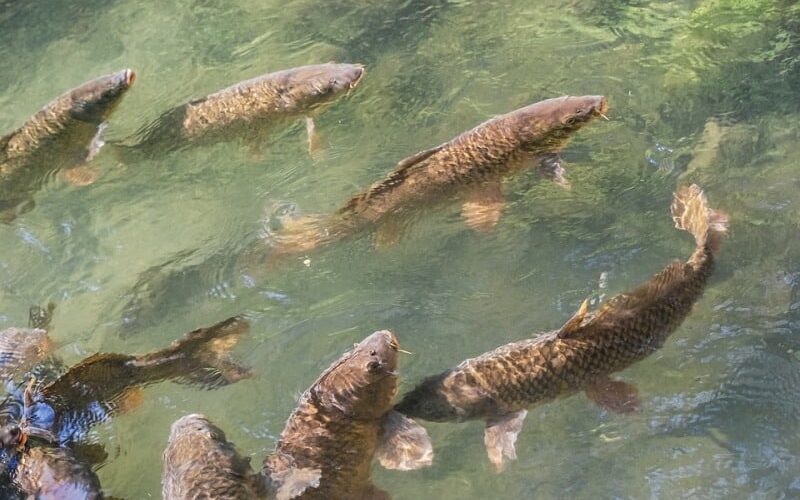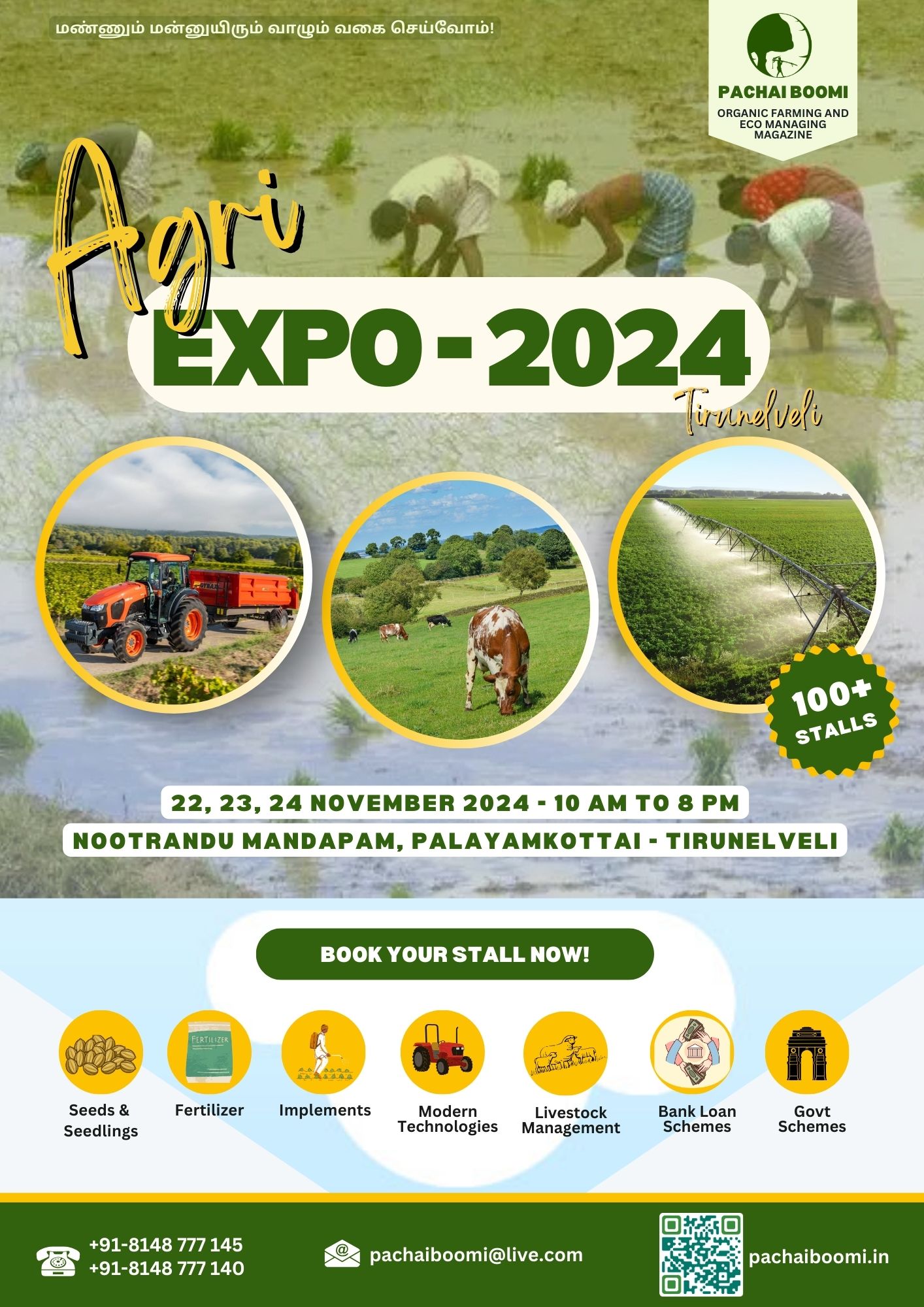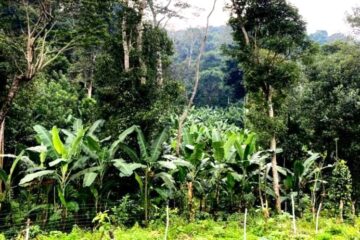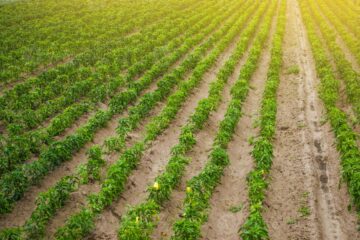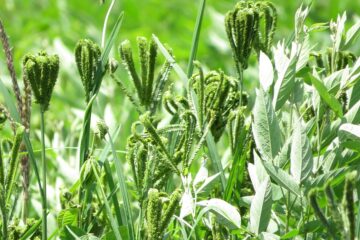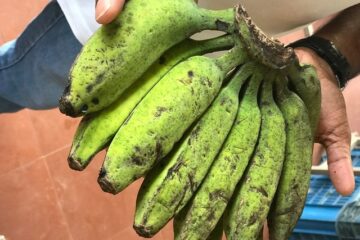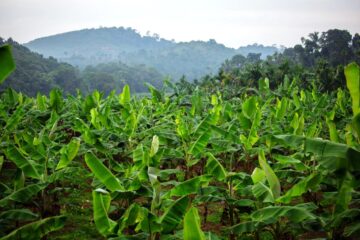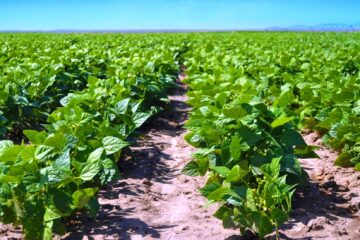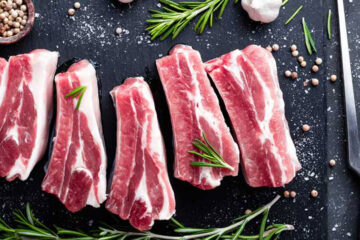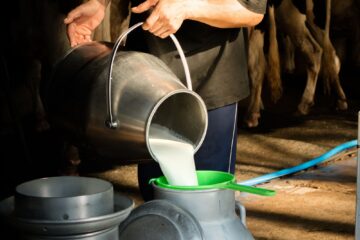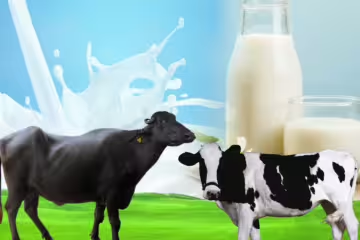Published in August 2017
For profitable fish farming, various scientific techniques must be employed. One of the most important aspects is the selection of the fish species to be cultivated and their quality fry.
If the cultivation area has freshwater facilities, the best freshwater fish should be chosen. If it is brackish water, species that can thrive in such conditions should be selected, and for seawater, marine species should be chosen. However, some species can live in both freshwater and brackish water.
Similarly, some species that live in brackish water can also survive in freshwater. Moreover, some marine species can thrive in brackish water as well. Therefore, it is essential to understand the characteristics of the species being selected for cultivation.
Cultivated fish should have the capability to grow rapidly. Only then can they be harvested in a short period, making fish farming profitable. The fish should be able to consume the available organic matter, floating plants, and animal microorganisms in the cultivation area and gain significant body weight. If they are hybrid fish, they should be compatible with other species and not compete for food.
Even though the fish can consume the floating plants and animal microorganisms available in the ponds, they should also prefer supplementary feed when cultivated in large quantities. The cultivated ponds should be able to withstand temperature variations, changes in the pH of the water, oxygen levels, and light penetration. This will ensure higher survival rates.
Cultivated fish should be able to breed in hatcheries. Otherwise, it will not be possible to maintain the required quality of fry in the cultivation ponds. The cultivated species will go through various stages of capture, relocation, or growth estimation. Therefore, they should have the resilience to withstand these processes. Additionally, they should be easy to catch during trial captures and final harvesting. They should also have high muscle content, good taste, and fetch a good price in the market.
Selecting Fish Fry
To achieve excellent production, quality fish fry must be selected and cultivated. Initially, fish farming relied solely on fry obtained from natural environments. Even though there are many hatcheries available now, fry for many cultivated species are still sourced from natural environments. Regardless, the quality of the fry must be assessed before stocking to ensure only the best fry are used.
Points to Consider When Selecting Fry
Fry should be produced in hygienic hatcheries and sourced from disease-free broodstock. Fry obtained from first-time or aged broodstock tend to be weaker, and such fry should be avoided.
The fry should have achieved growth appropriate for their age, i.e., the right length and weight. Otherwise, the fry’s growth in the cultivation ponds will not be optimal.
Only quality fry should be selected. Such fry are always active and constantly feeding. Healthy fry have naturally shaped eyes. Any deformity in the eyes indicates poor quality. The fry’s body should be clean and have a regular shape. If there are any foreign substances on the body or if the shape is irregular, the fry are likely to be diseased.
The fins of the fry should be fully transparent and spread well. The fry’s color should match the natural color of the species. There should be no parasites or dark lines on the body.
All fry should have uniform growth. Quality fry are always active swimmers. When a water current is created, they swim against it. Poor fry will move away from the current or swim with it.
Therefore, fish farmers should select the best species and obtain quality fry from reputable hatcheries or natural environments to ensure successful fish farming and production.
Dr. K. Sivakumar, Dr. K. Velmurugan, Agricultural Science Center, Kattupakkam, Kanchipuram – 603 203.

